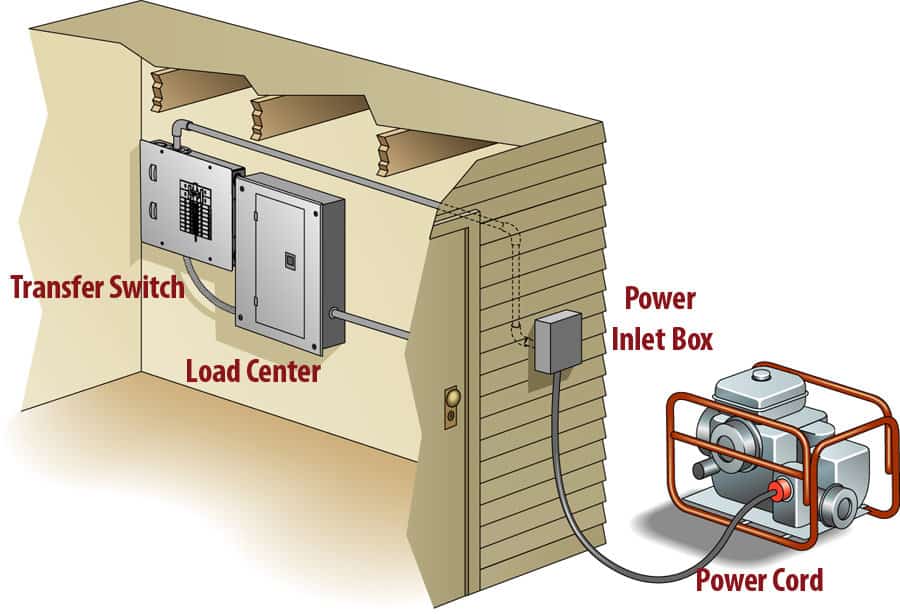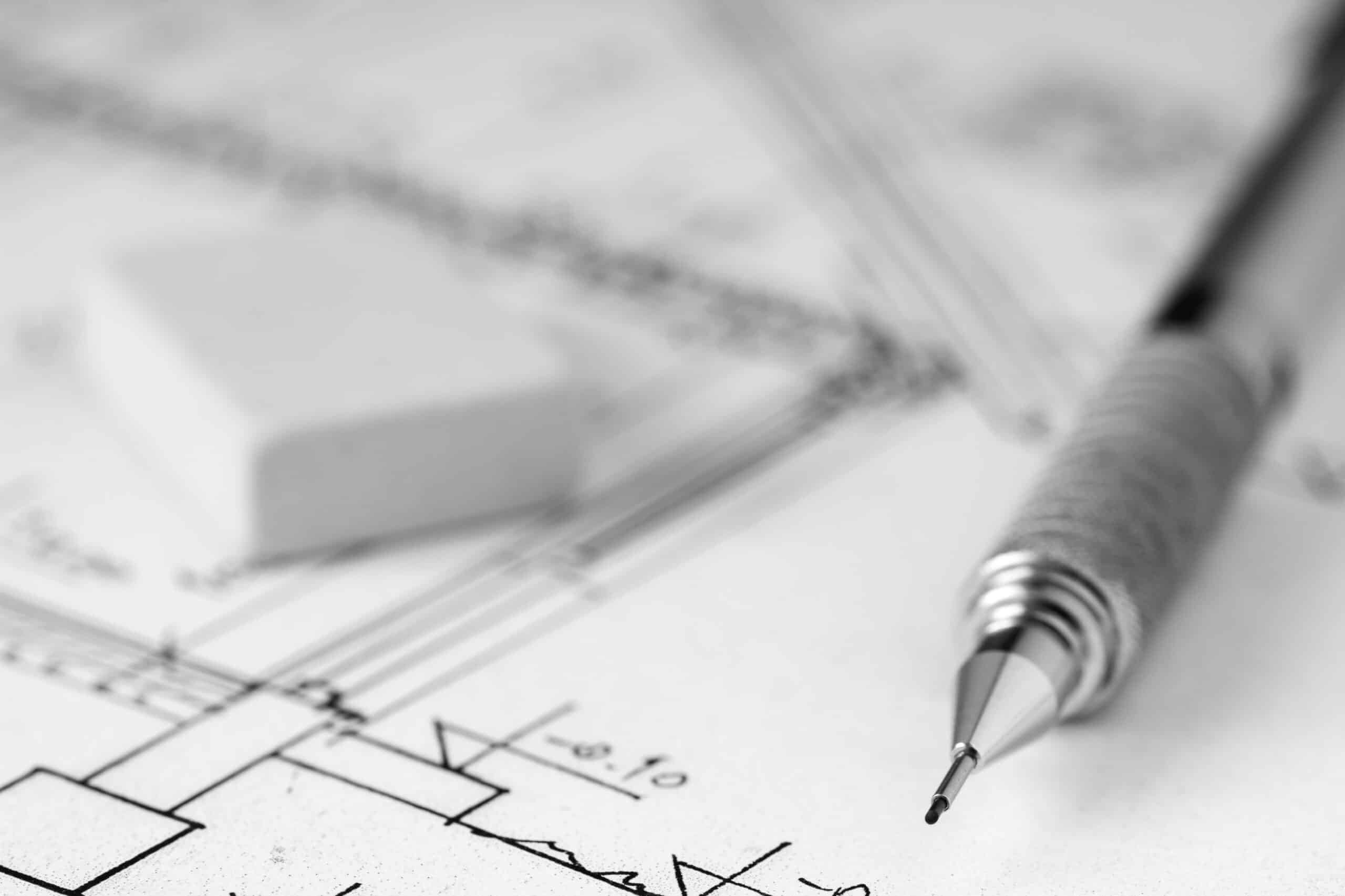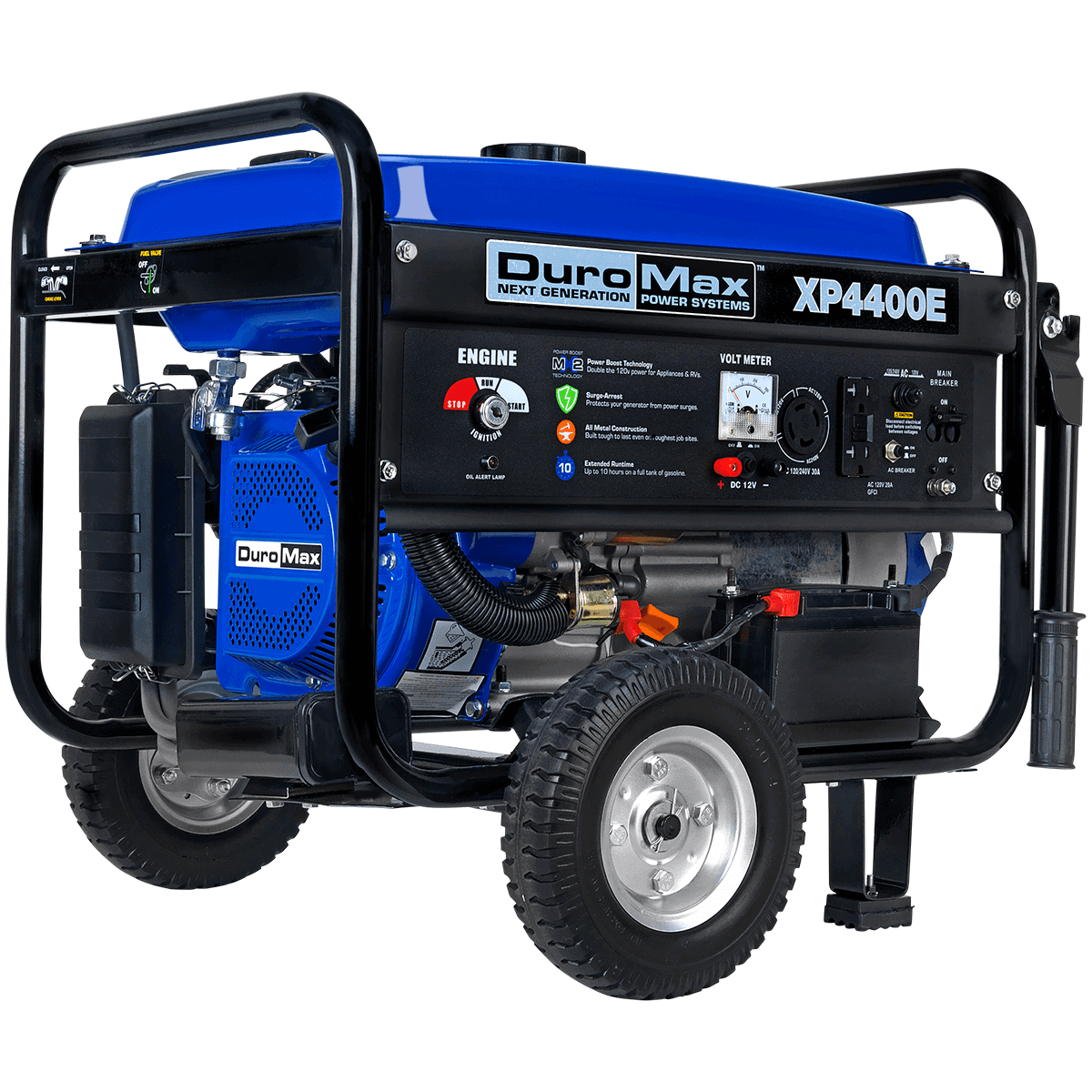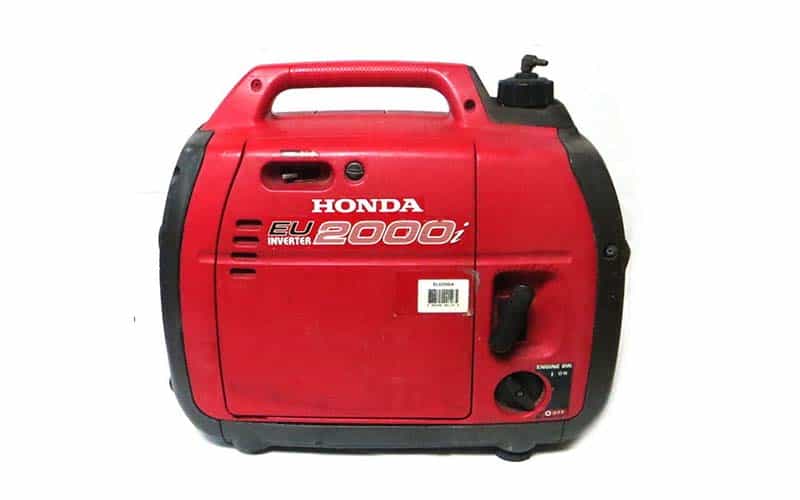A transfer switch for a generator is a permanent switch that attaches to your power box and switches the power load between two sources. When the primary power source fails, this happens automatically for permanent backup power sources. It is good because it keeps the energy flowing smoothly and with minimal lag.
When using a generator for residential whole-house power, the generator transfer switch is connected to the circuit breaker panel. The switch switches the load from grid power to generator power when the generator is turned on.
Generators are complex and often unsafe to operate without a generator transfer switch. When the electricity goes out, a generator transfer switch allows you to move your home's power source from the electrical grid to the generator, either automatically or manually.
Is It Necessary To Use A Transfer Switch?
If your generator is more than 5,000 watts, you'll need a transfer switch for safety and convenience. Some jurisdictions make a transfer switch mandatory, while others strongly advise you to get one for your backup generator. Others make it obligatory only for backup generators.
Consult your local building code enforcement authority if you're unsure whether a transfer switch is required. They should then be able to tell you which generators require transfer switches and which don't.
What Types Of Generators Require Transfer Switches?
Home and business standby generators are always required because they provide backup power when the power goes out. Having a transfer switch allows them to restore power flow without any interruption.
Although using a portable generator to power things without a manual transfer switch is feasible, it is much safer and more convenient. The most significant advantage is the ability to power objects directly from your circuit breaker panel rather than using extension cords.
Running without a switch necessitates an extension cord to connect each electrical item to the portable generator. It is uncomfortable, time-consuming, and may necessitate leaving open windows or doors, putting your home at risk of burglary.
Additionally, the National Electric Code mandates that all portable generators have a properly installed transfer switch before use. It is because connecting portable generators to hardwired appliances directly increases the risk of an accident for the homeowner.
The alternate power from the generator will not immediately shut off if you connect it to your home's electrical gadgets with extension cords.
Instead, the electricity is returned to the generator via the line. It could cause damage to the generator and the appliances it's linked to, fire, or electrocution. It's preferable to prepare ahead and purchase a transfer switch in addition to the portable generator.
The Consequences of Failure To Use A Transfer Switch
Going without a transfer switch can put your family's safety and the safety of electric company workers in jeopardy. Backfeeding the grid is the most common case in which this becomes a concern.
If you use your generator without a transfer switch and the main power source comes on, your home will be served by two currents. This surge may cause line difficulties, potentially resulting in a fire in your house or place of business.
A transfer switch is crucial when dealing with standby generators connected to your home or office's electrical panel. However, it is not considered a problem if you're utilizing a portable generator and only plugging in a few bulbs or other goods straight into the generator.
Types Of Generator Transfer Switches
1. Automatic Transfer Switches

Standby backup generators are linked directly to the home's circuits when installed by a licensed electrician. The advantage of standby generators is that they provide a more regular and long-lasting energy backup source to the residence.
They also have a built-in generator transfer switch that automatically switches the home's power source from the electrical grid to the generator. So you won't have to bother putting the transfer switch in place or manually turning it on during each outage.
An autonomous standby generator transfer switch constantly monitors the incoming electricity flow from the electrical grid. It immediately prompts the generator to start when it detects an interruption in the electrical supply.
The automatic switch disconnects your home from the electrical grid and connects the generator to your home's electrical circuits once the generator is ready to generate power. It simply takes a few seconds to complete this process.
When it senses that the electrical current has recovered to normal voltage, it returns the electrical load to the utility line, shutting off the generator's power. Then, the generator runs at a lower speed to cool off the engine for a few minutes.
The transfer switch will be ready to switch the power back to the generator as soon as the next outage occurs. This procedure assures that the residence has a constant power source, regardless of what is happening outside.
2. Manual Transfer Switches

The result is the same as an automatic transfer switch, except the homeowner must manually switch the power source from the electrical grid to the generator. A manual transfer switch is commonly found on portable generators that are not directly connected to the home's electrical systems.
Though manually transferring the power is an extra step, it should only take a minute or two if the transfer switch is properly installed. Depending on the switch's NEMA classification, you can securely mount manual transfer switches inside or outside.
During a power outage, connect the generator to the intake box, activate the manual transfer switch, and activate the portable generator. The generator should provide power to the house in a matter of seconds. You'll need to turn the switch off again after the outage, disconnect the generator from the input box, and turn it off.
You may not be able to power all of the items in your home, depending on the electrical capacity of your portable generator and transfer switch. The amount of circuits you can power is determined by the generator's power output. For example, most 5,000-watt generators can power six circuits, whereas larger generators can supply ten or more.
Consider utilizing only the most important appliances, such as a water heater and air conditioning, while waiting until the power outage is finished. Overloading the transfer switch and destroying the generator is a problem when trying to power too many circuits.
What is the Price of a Transfer Switch?
The cost of transfer switches is determined by the type of switches and the generator sizes. Manual switches are less expensive than automatic switches. A manual transfer switch will set you back between $300 and $500. An automatic transfer switch for a home generator will most likely cost between $400 and $800.
An automatic transfer switch for a commercial and industrial generator ranges in price from $2,000 to $20,000 or more. The transfer switch will need to be purchased separately if you have a portable generator.
On the other hand, permanently installed standby generators normally contain their transfer switches as part of the package. Therefore, the only additional cost at that time would be if you wanted to change the switch to a better automatic model.
Generator Transfer Switch Sizing
You must first calculate the size and amperage of the transfer switch before purchasing and installing a multi, dual or single circuit switch. The best approach to figuring out what size transfer switch you need is to compare it to the load on your generator.
To do so, make sure the largest outlet on your generator is the same size as the largest outlet on your generator. For example, if your generator's largest outlet is 30 amps, you'll need a 30-amp transfer switch to handle the full power load.
Even if the transfer switch and generator are appropriately matched in size, you must be careful not to overload the electrical system by supplying too much power at once. Built-in wattage meters in some power meters keep track of what is powered. It keeps it from being overloaded and causing damage to the generator and appliances.
Using and Installing a Transfer Switch
Only a qualified professional electrician should install an automatic generator transfer switch. A well-informed homeowner can install a manual transfer switch, but we recommend first reviewing your owner's handbook. Follow all safety guidelines and local building codes if you decide to install a manual switch yourself.
While installing it, you should fasten a manual transfer switch to the wall near the main electrical panel box. Typically, this box is found in the basement or garage. Next, turn off the power to the house and connect the transfer switch wires to the breakers in the circuit panel box. Finally, connect a receptacle in the panel box to the transfer switch with an electrical cord.
Turn off the power in the house to test your work. Next, connect the generator to the transfer switch's electrical receptacle. Then, flip it from "line" to "generator" on the transfer switch. Then turn on the portable generator.
The power in your home should come on if the associated circuits receive enough power from the generator. If everything is working properly, return the switch to "line," unhook the generator, and turn it off. Congratulations! You're prepared for the next power outage.
Is a Permit Required?
A permit is usually required to install a transfer switch. If you're working with a certified electrician, they'll normally cover this for you and add the fee to the overall installation cost. Consult your contractor or the building code enforcement agency in your area for more information on the type of permit required and the cost of the permit.
You may be tempted to forego installing a transfer switch when installing your generator. However, having and operating a backup power source is practically impossible without a manual or an automatic transfer switch.















